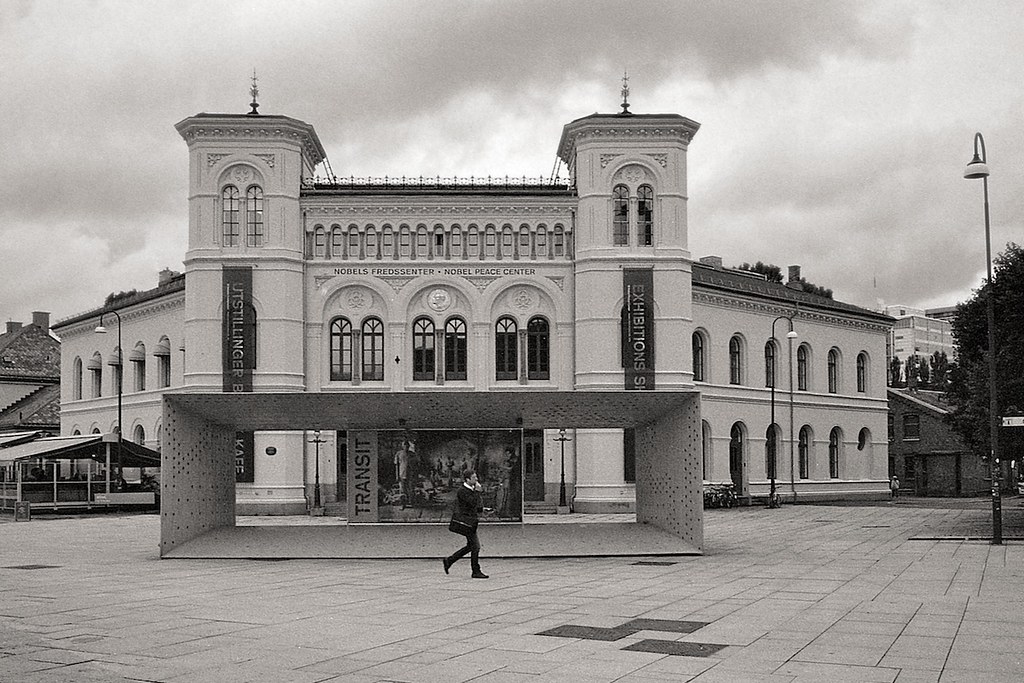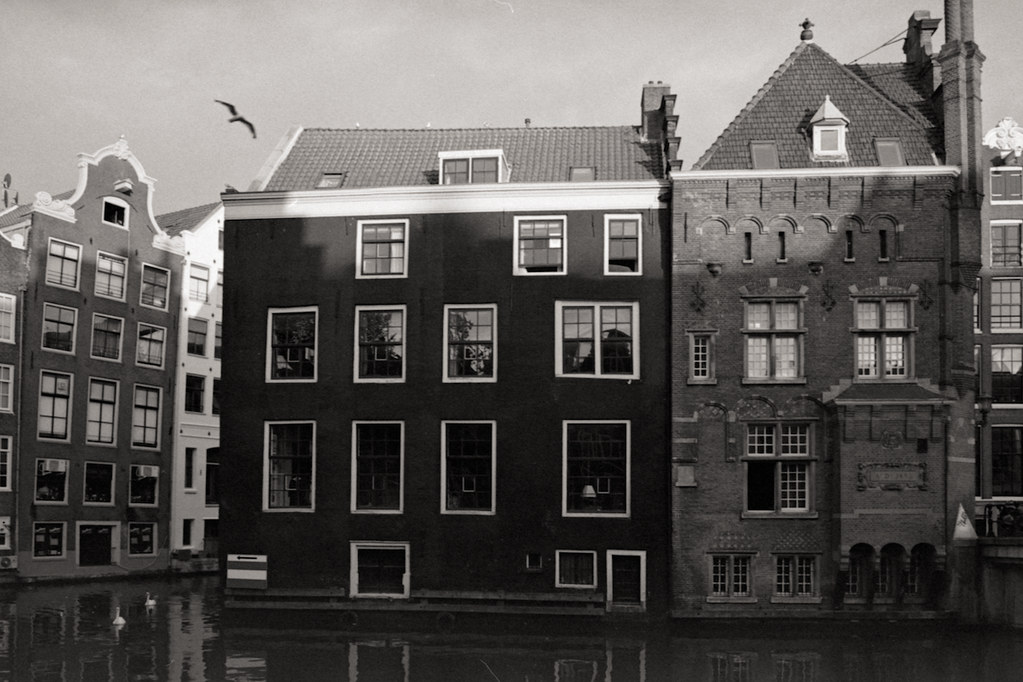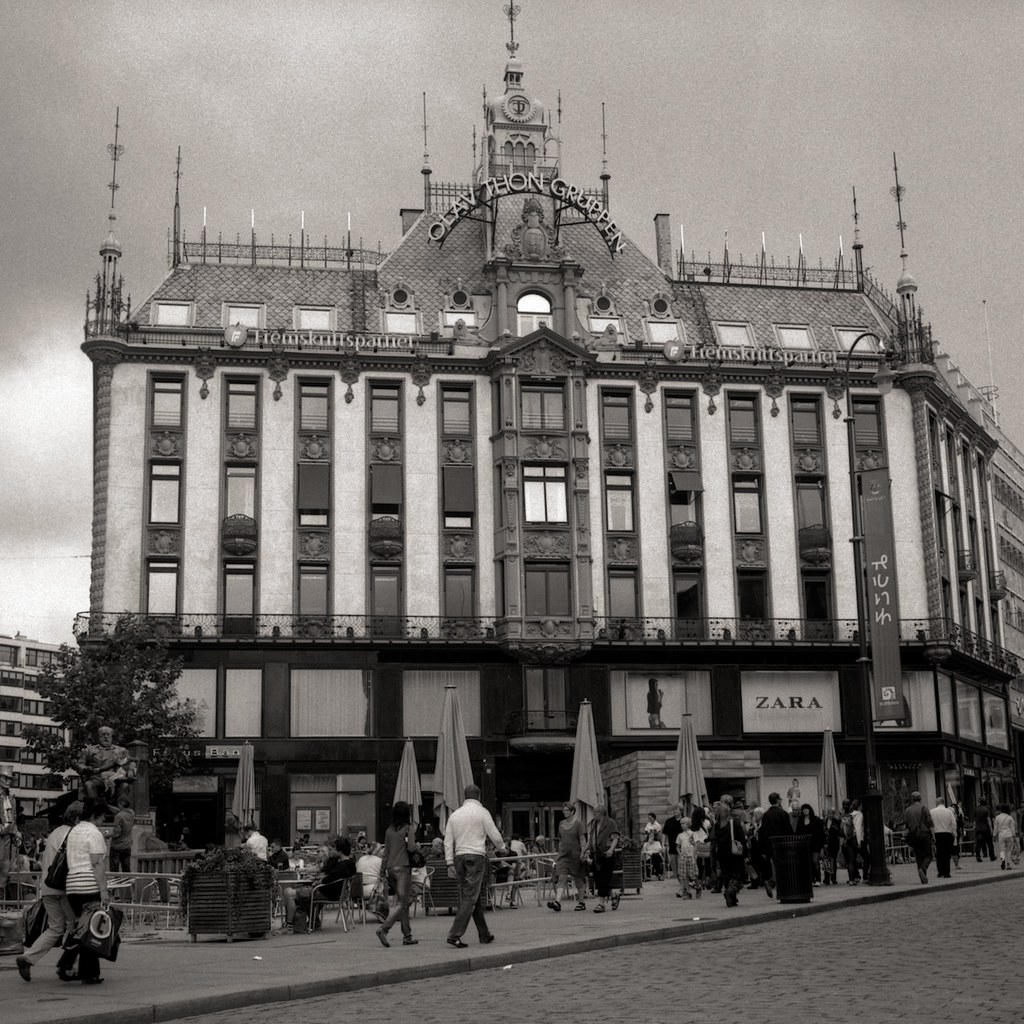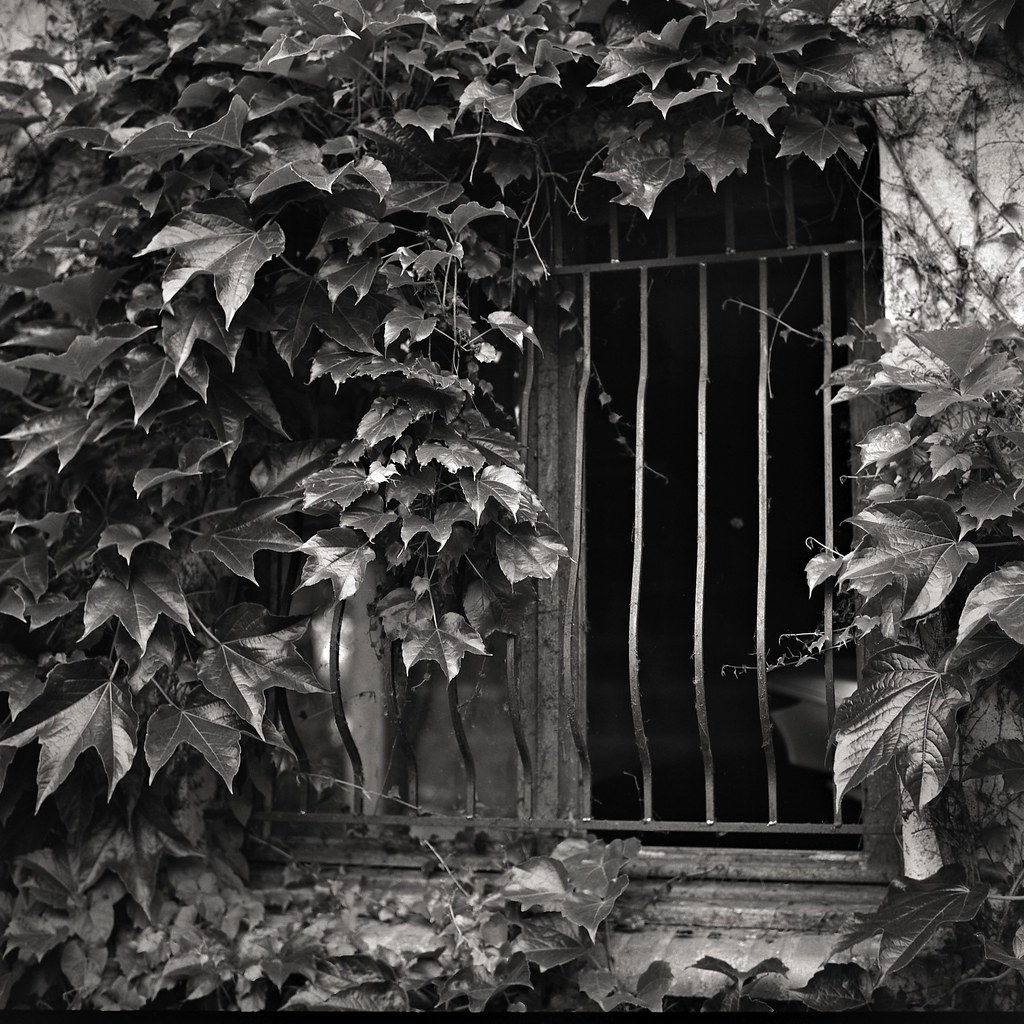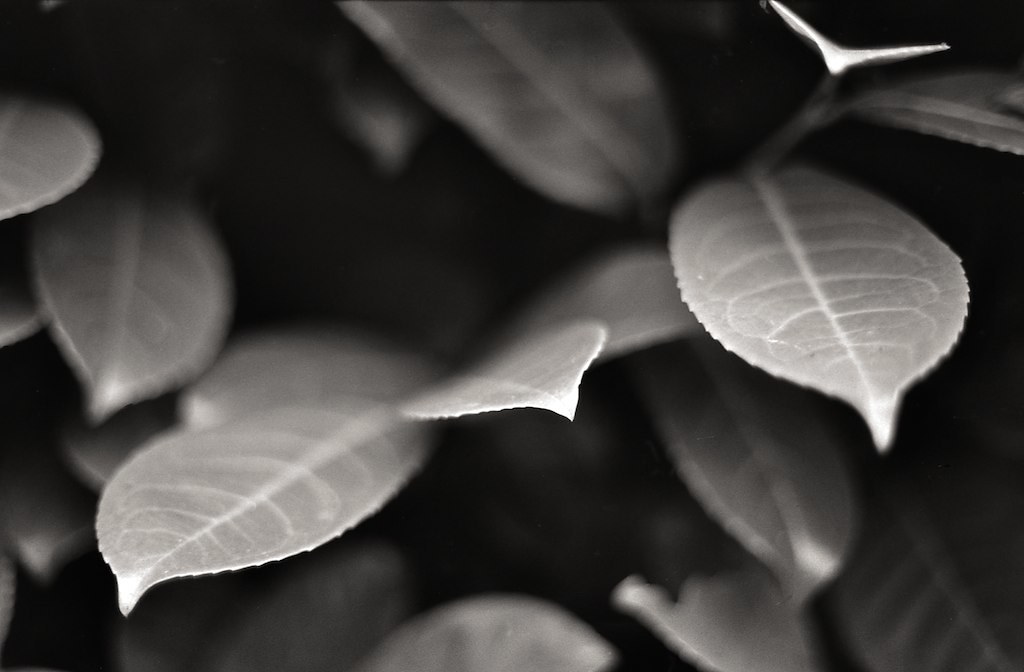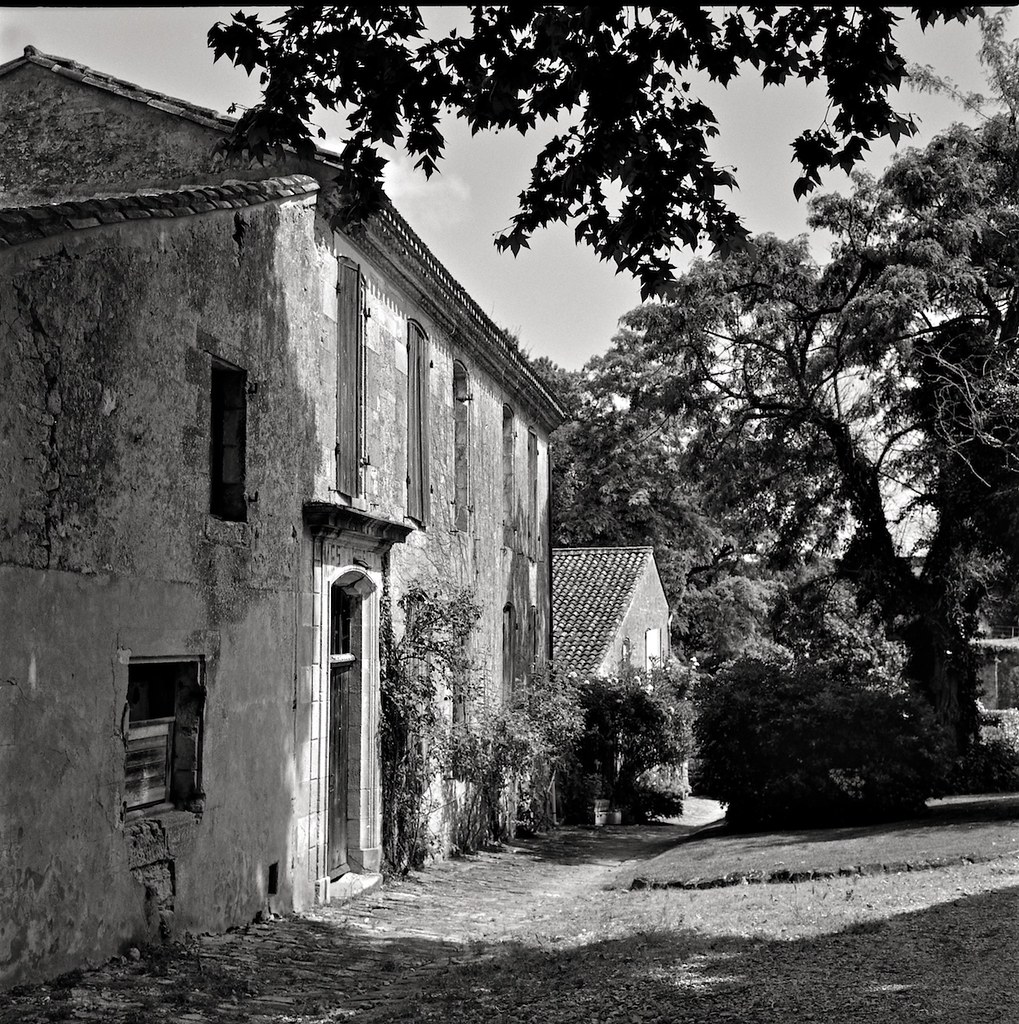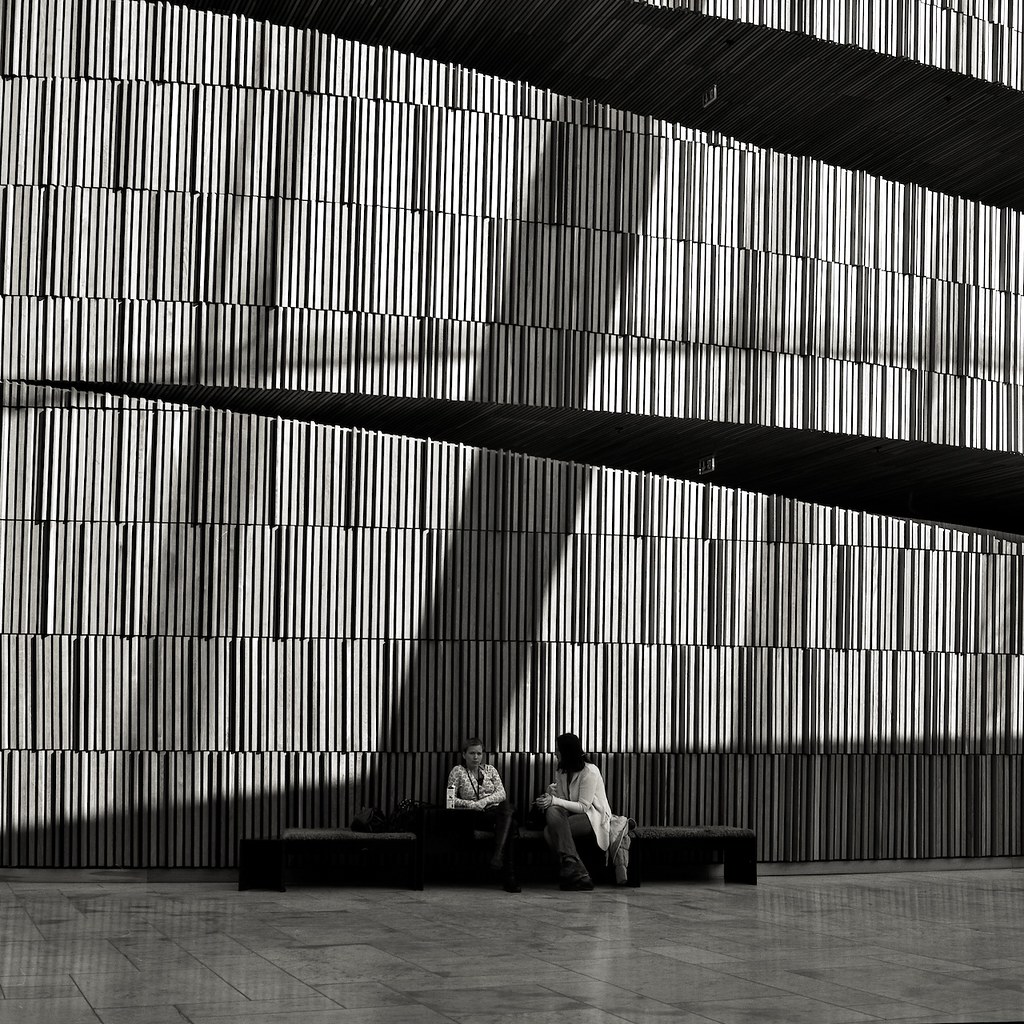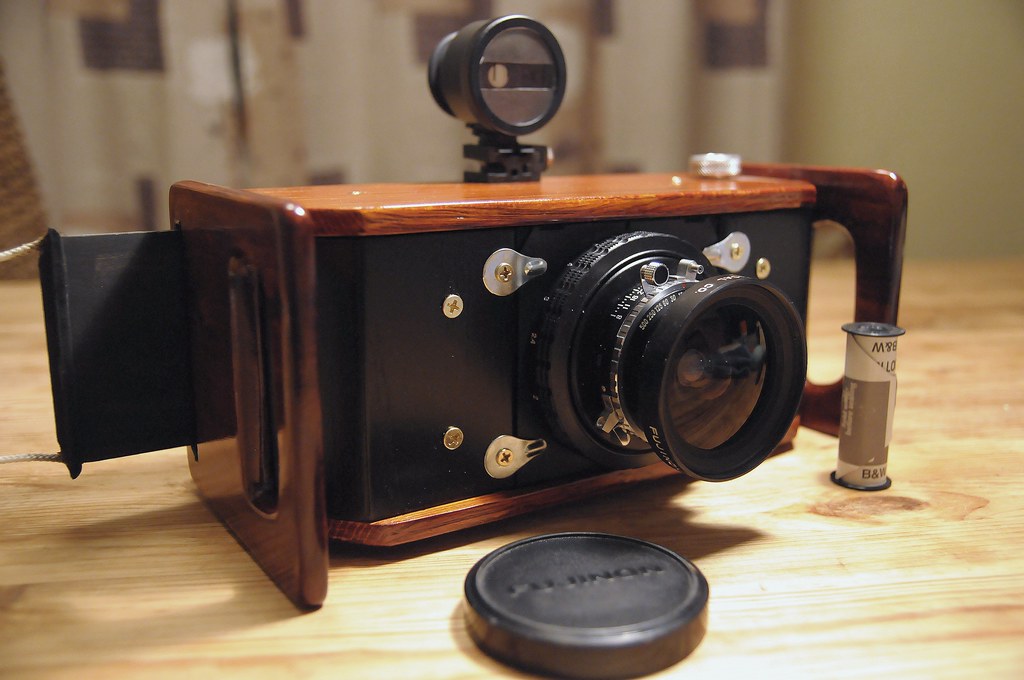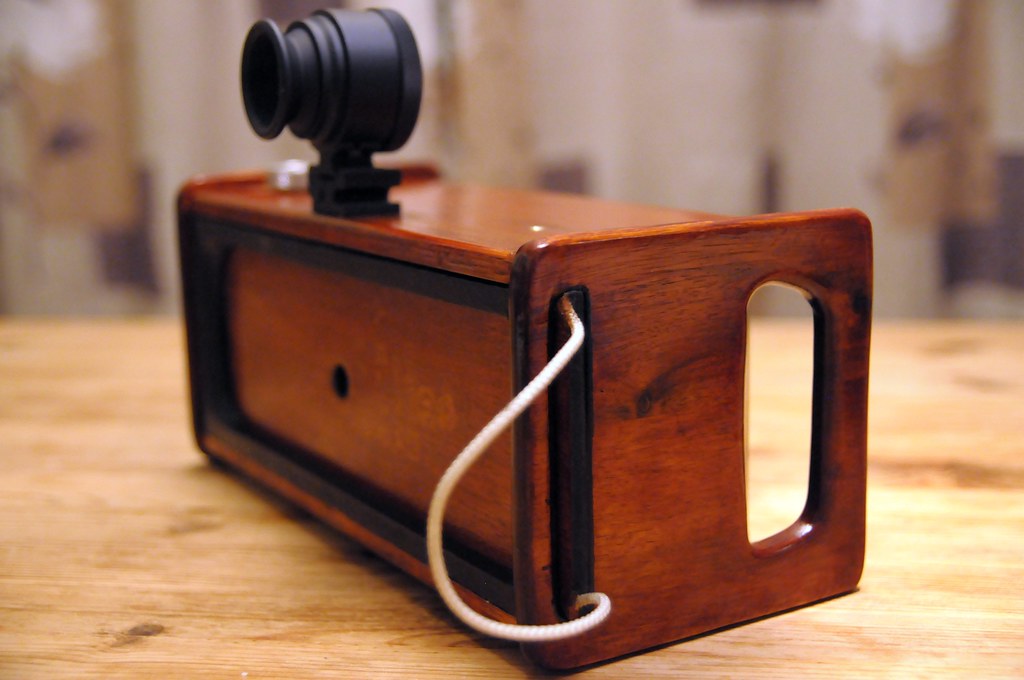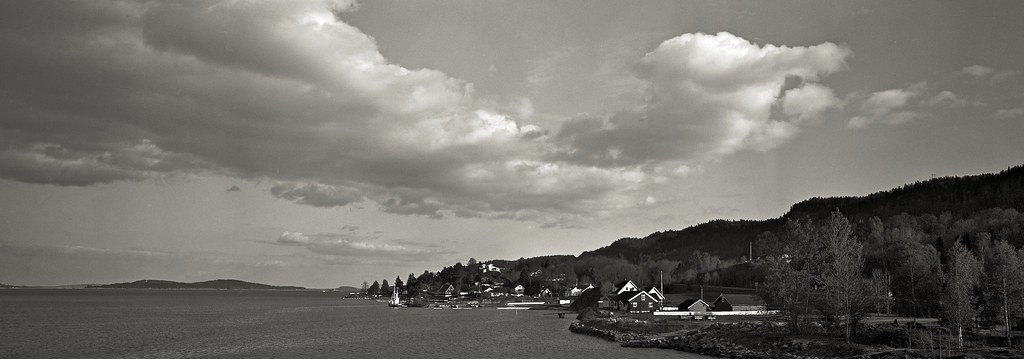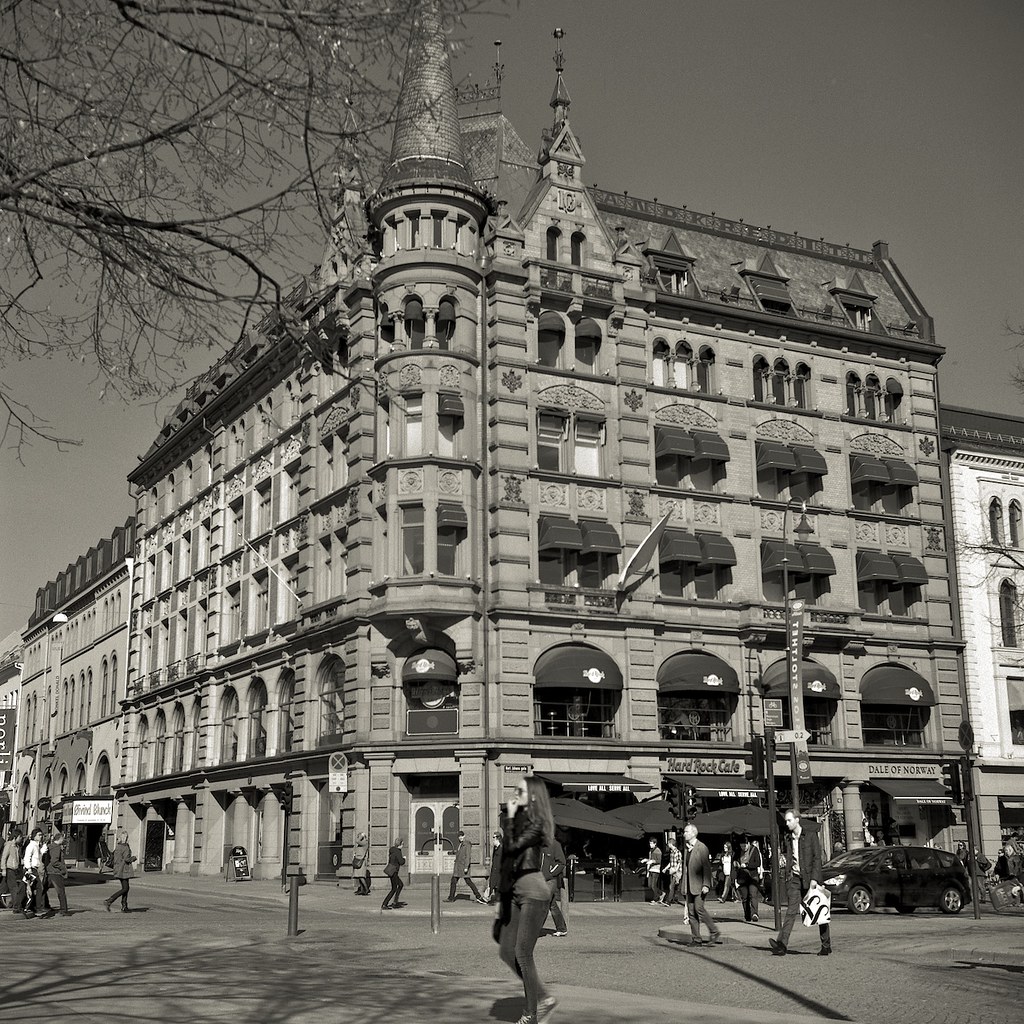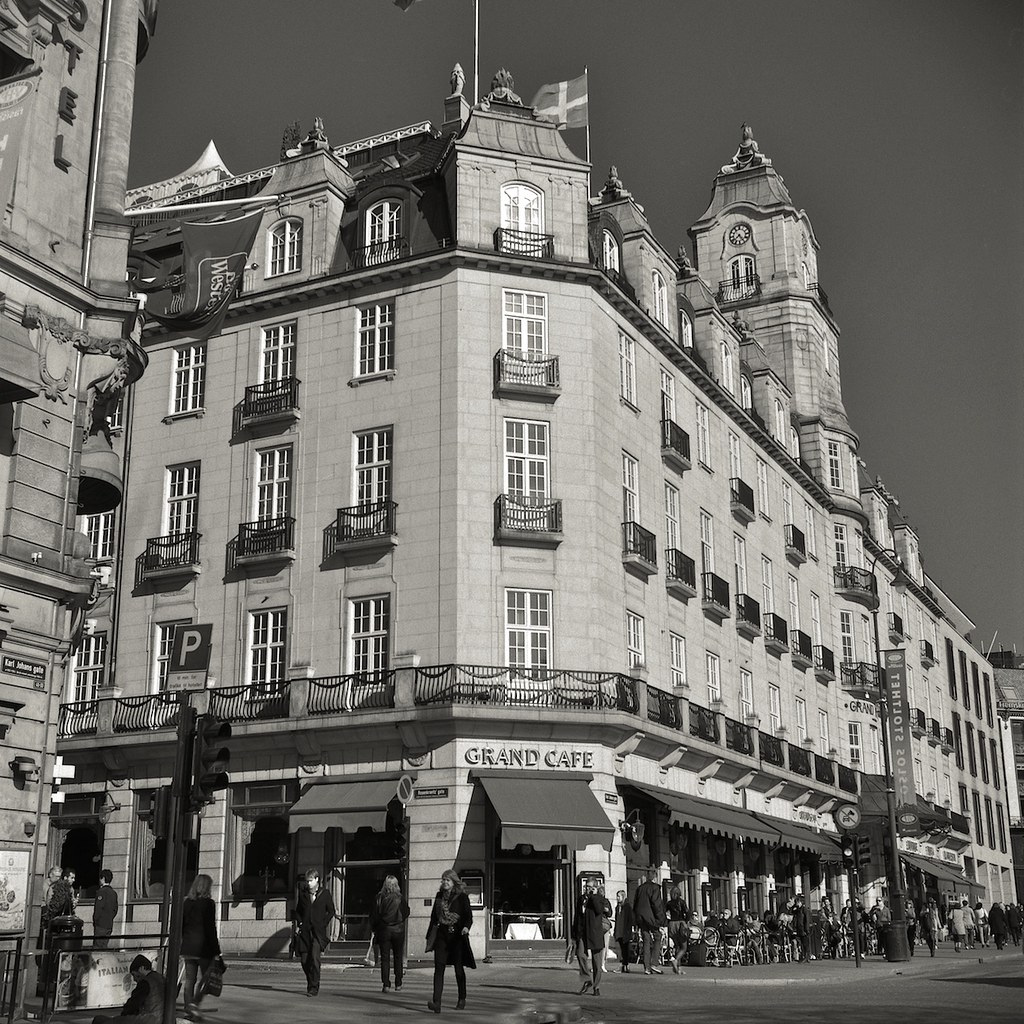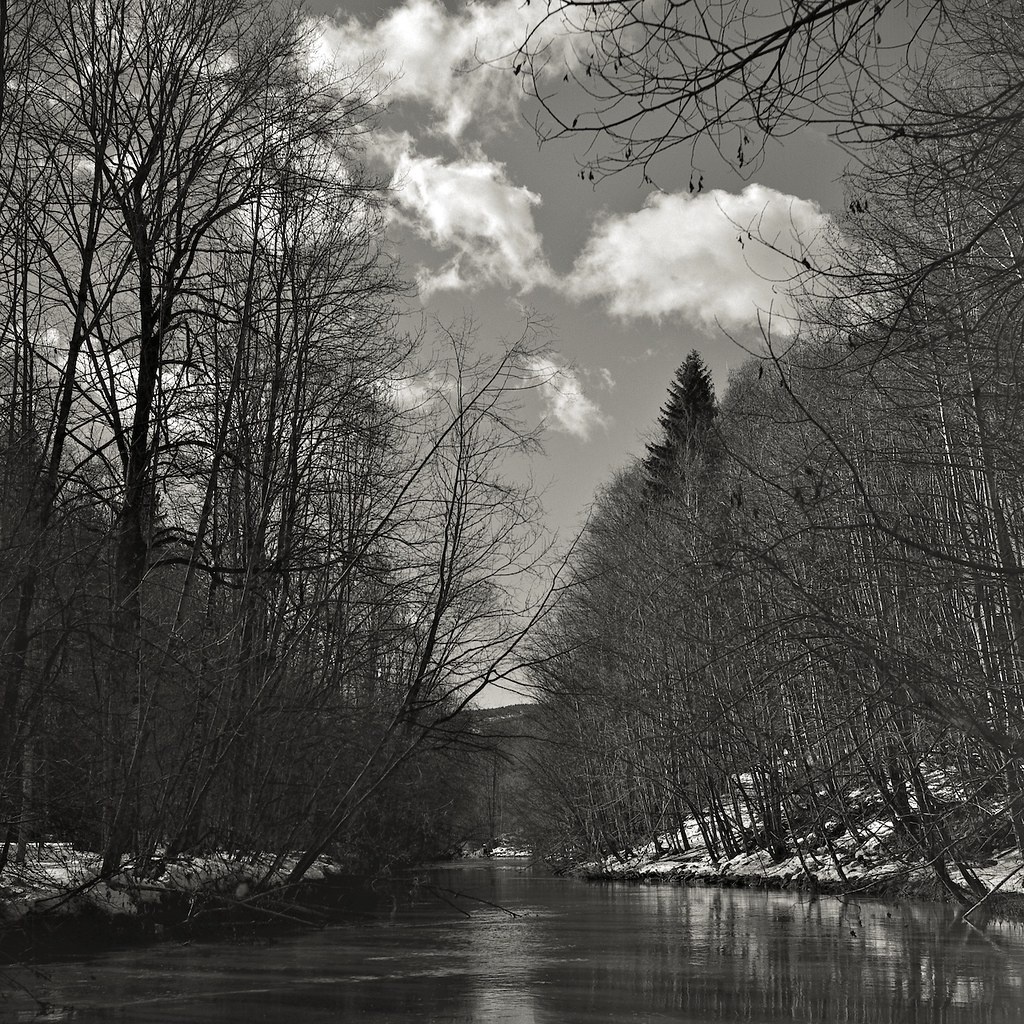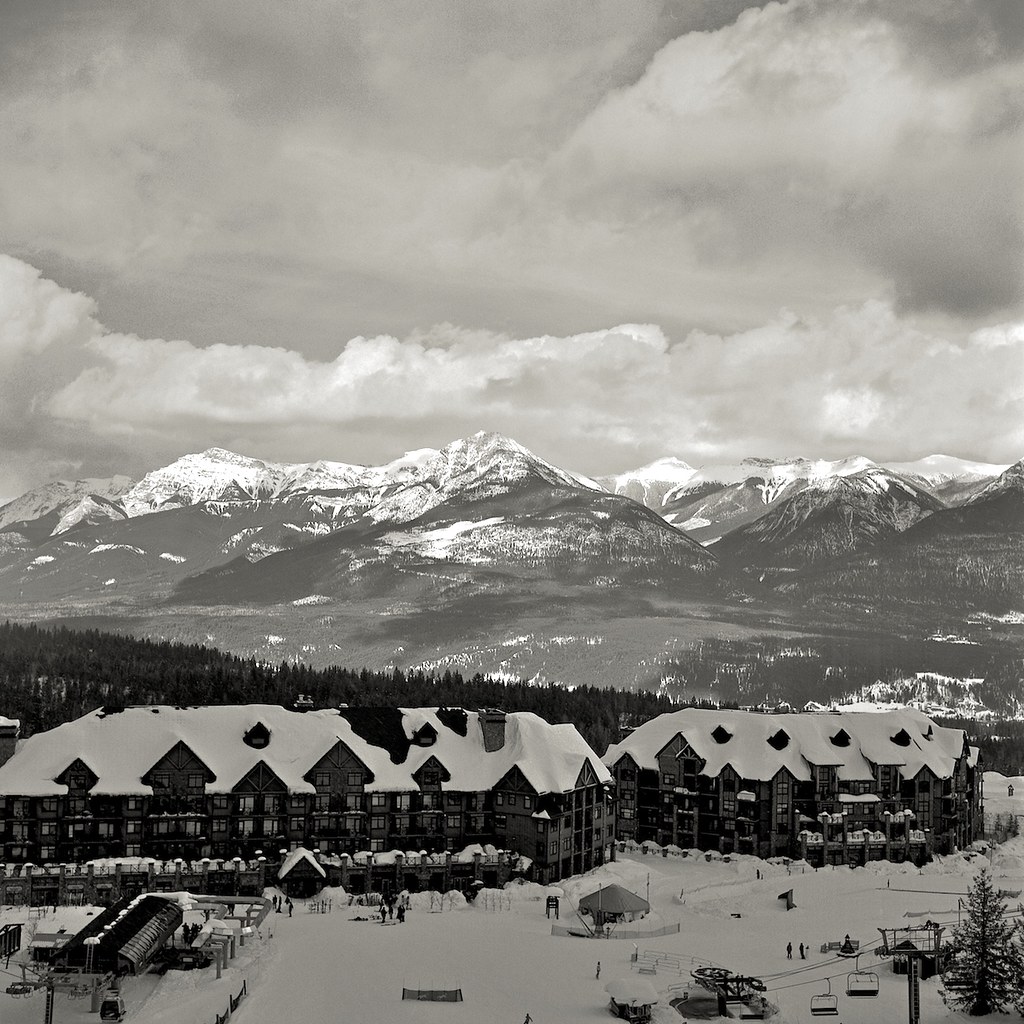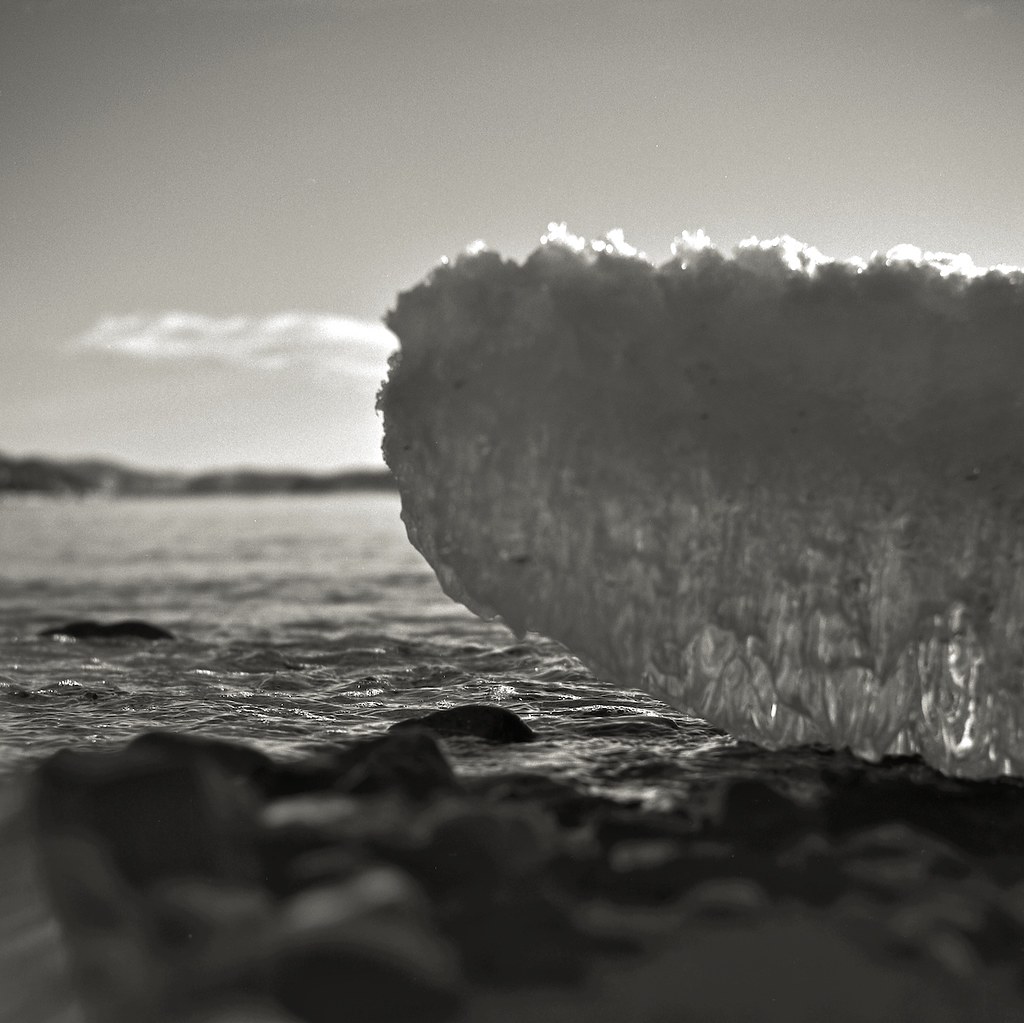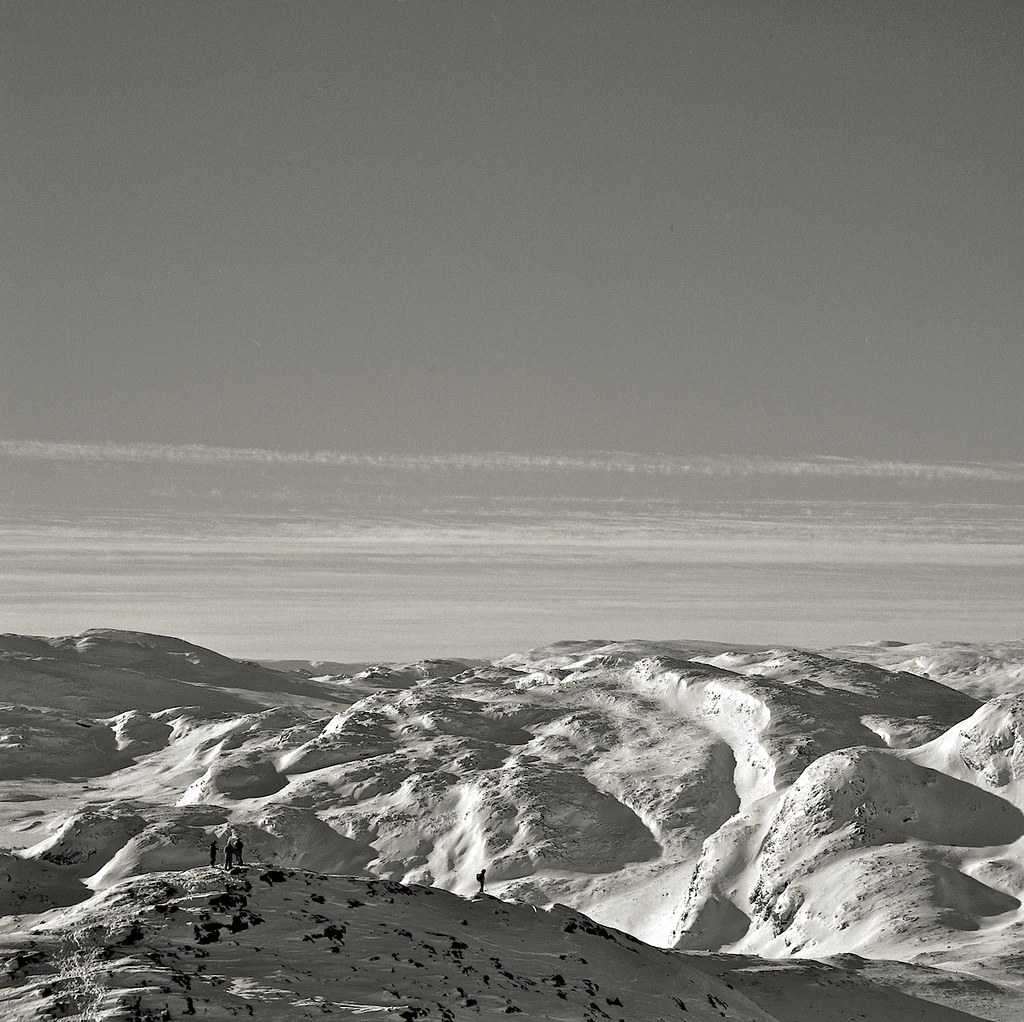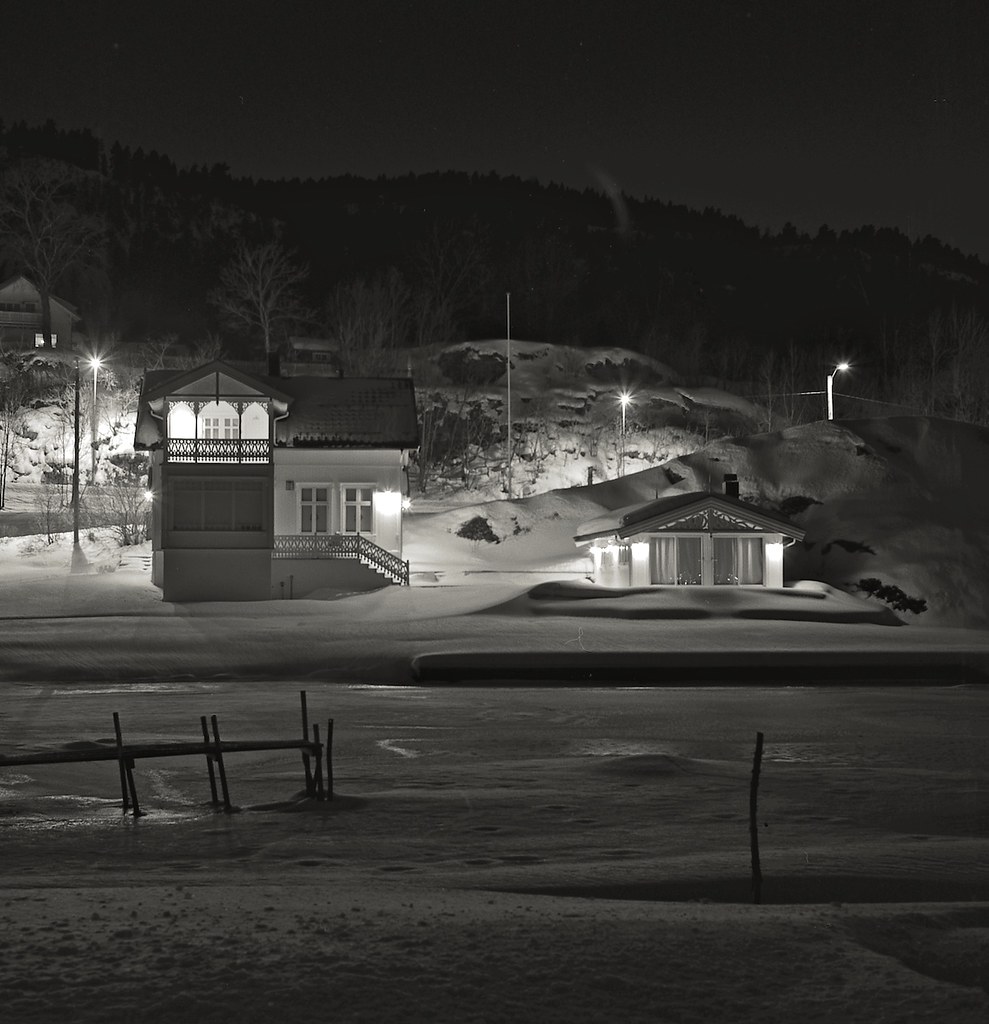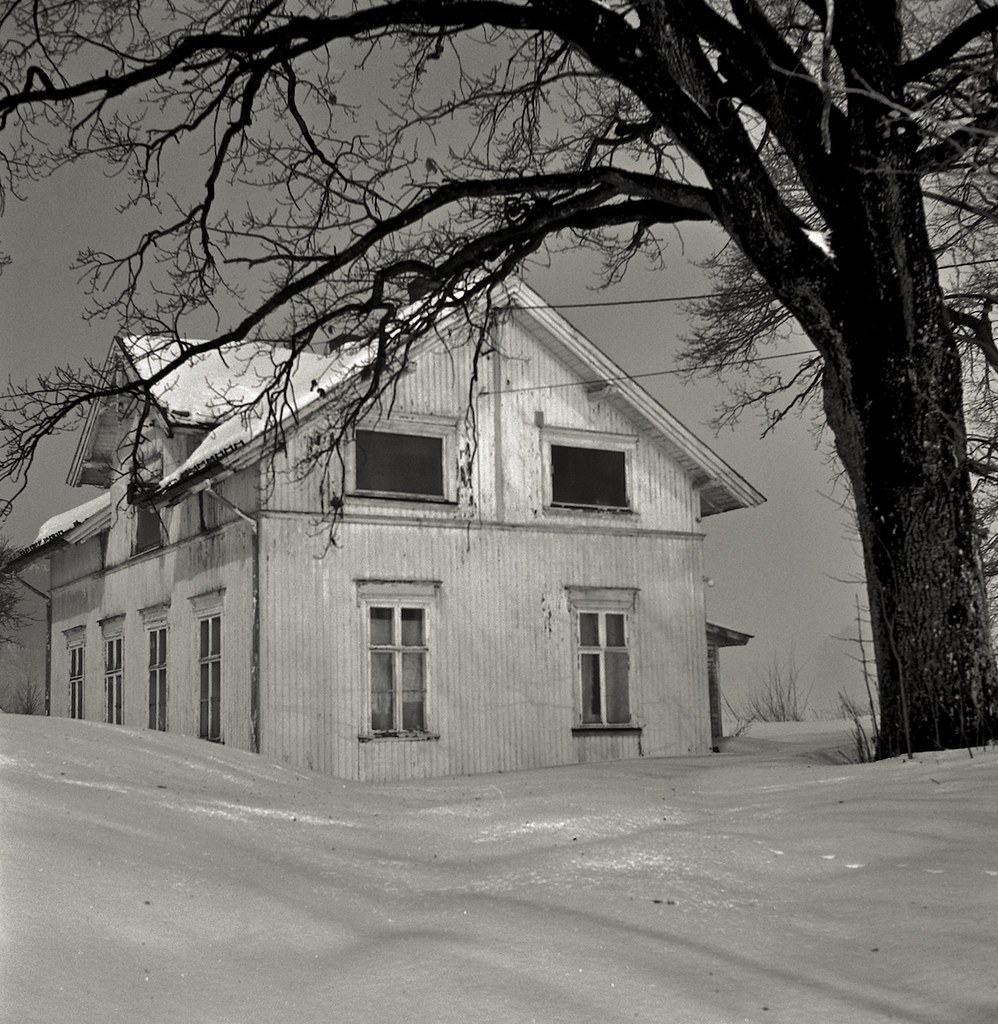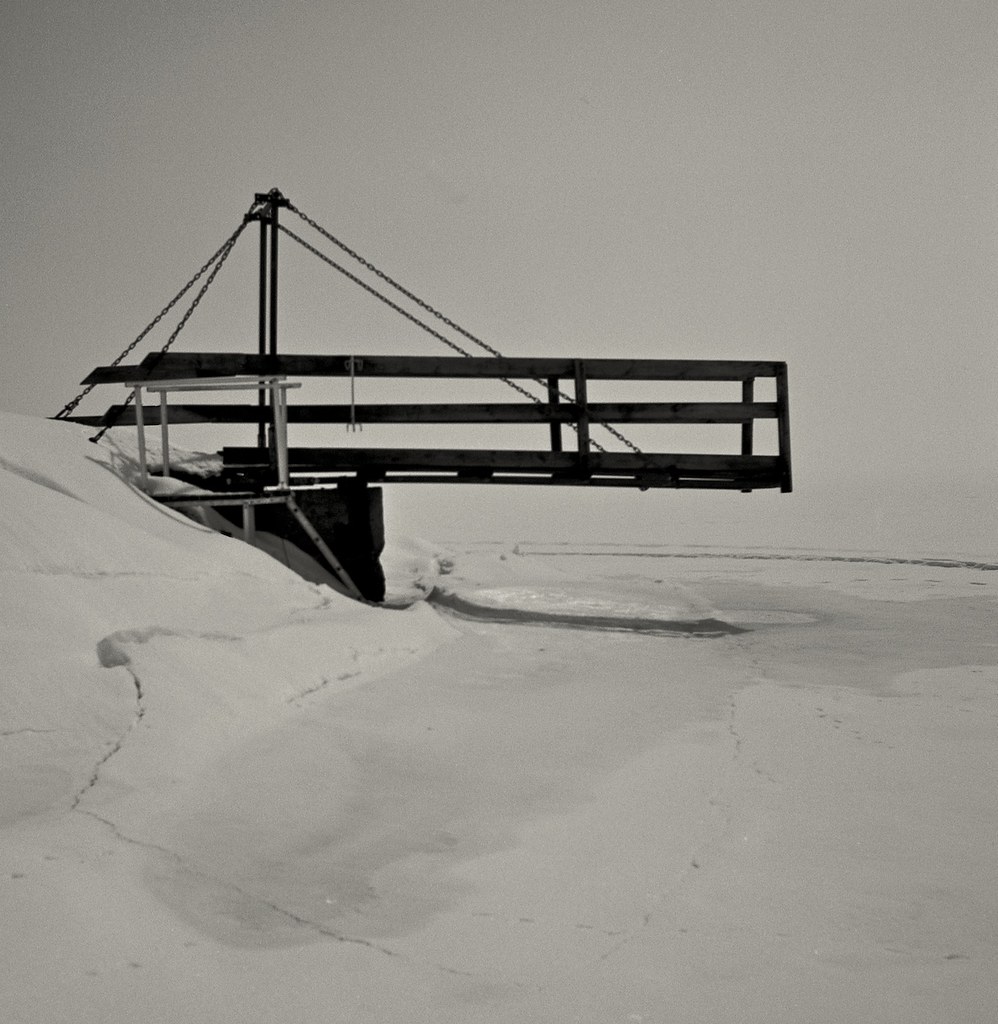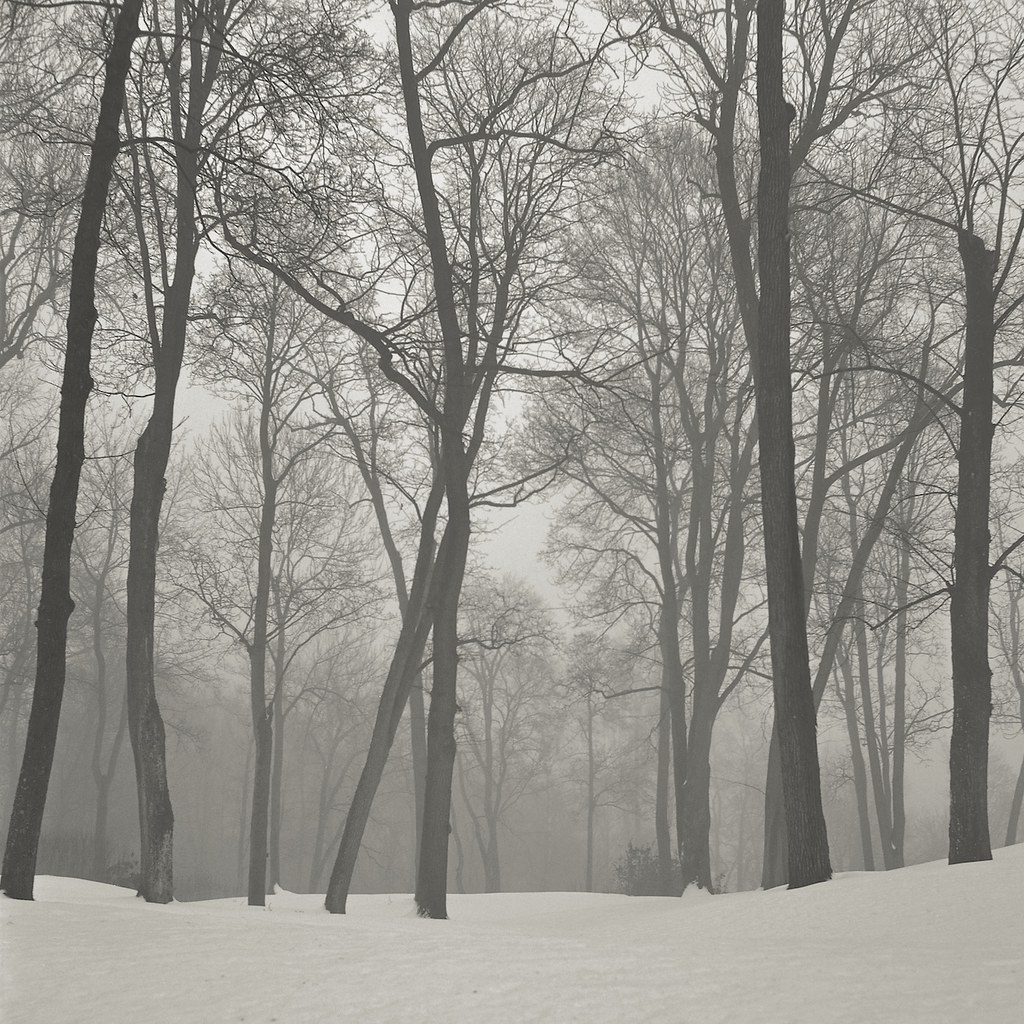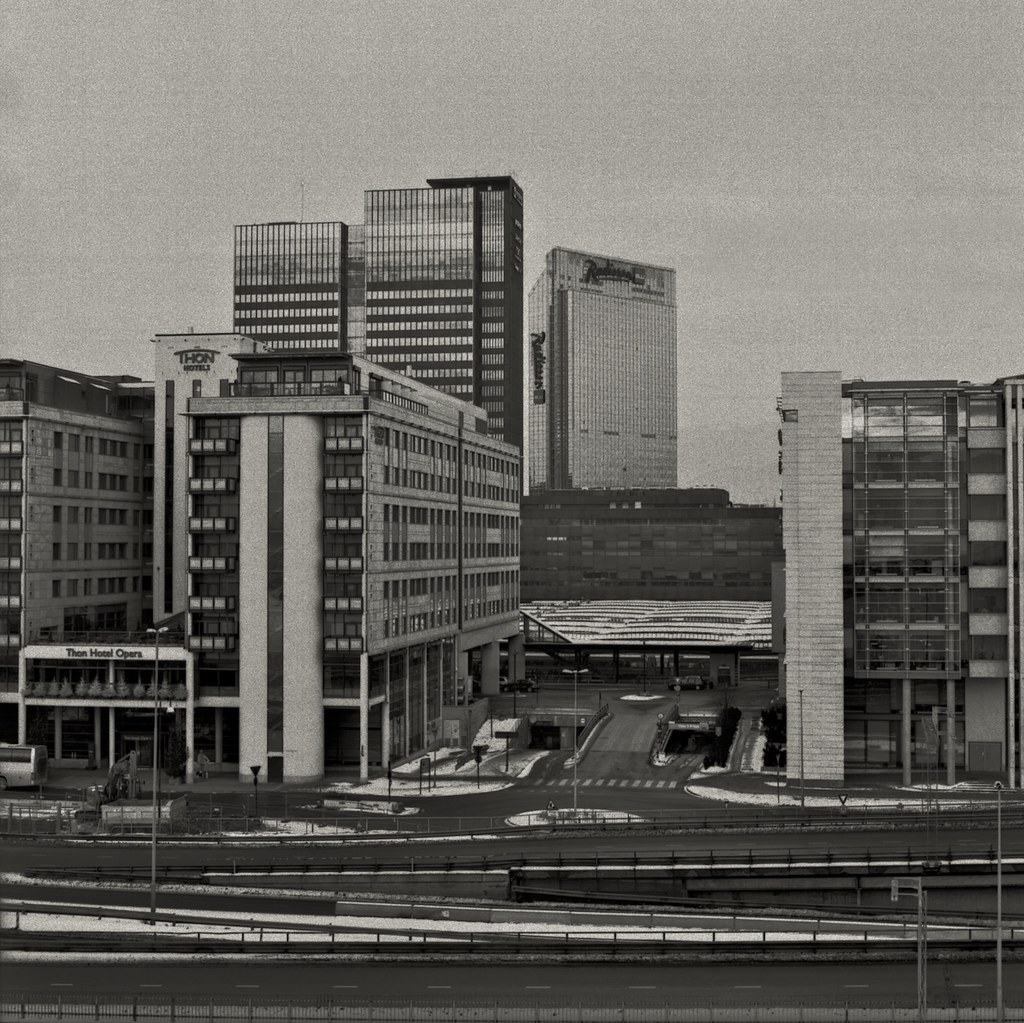I´ve not tried Reinhold´s stand version of Caffenol yet. I´m probably not patient enough to wait for an hour or more for the film to develop, especially since my results with normal agitated development has been quite successful. So far, so good. However a new (old) film has dropped into my life requiring investigation. A fellow Caffenol experimenter has donated a number of films to me, and next on my list is the now discontinued Rollei Retro 400 (a.k.a. Agfa APX 400). I´ve read previously that this film is both grainy (in most developers) and quite difficult to get good results in Caffenol. If there ever was an opportunity to try out the advantages of the low pH version, often used for slower films like PanF, Adox 25, Efke 25 etc, I couldn´t think of one. The advertised pros being smaller grain, better tonal range, as in better control over the highlights, better shadow detail, smooth tonal gradation (the list goes on).
Not that these qualities will be unequivocally confirmed once I´ve developed the film, since I´ve not a baseline to which I can compare the results to, the film being new to me. Not to worry, if it comes out OK, it comes out OK.
I read up on different 400 ASA films in Caffenol-C-L. As with other developers they tend to favour slightly shorter development times than ASA 100 films. After a bit of thought I decided to expose at box speed, and develop semi stand for 60 minutes @ 20C.
However, it was a warm evening, and the temperature of the mix slowly rose to 21C before the time was up, so I cut the development short at 56min. The C-L mix is a low pH version with decidedly lower concentrations of both sodium carbonate and vitamin-C (ascorbic acid):
Sodium carbonate: 16g/l (8.6g for a 600ml mix)
Ascorbic acid: 10g/l (6g for a 600ml mix)
Instant coffee: 40g/l (24g for a 600ml mix)
Potassium bromide: 1.2g/l (720mg for a 600ml mix)
You need a restrainer regardless of film when doing stand or semi stand development, or you will get fog. The amount varies according to film and length of development. I guessed and added 1.2g/l potassium bromide.
Semi stand developed, in this case agitated 12 times initially, then three agitations at minutes 2, 4, 8, 15 and 30. Then let stand for the remaining 30 minutes (or 26 as it turned out).
Did the negatives turn out OK? Surprisingly, yes.
Three of the better shots to prove it:
 |
| Kalloflex K2, Rollei Retro 400, EI 400, Caffenol-C-L, semi-stand, somewhere in Norway |
 |
| Kalloflex K2, Rollei Retro 400, EI 400, Caffenol-C-L, semi-stand, Old Skoger Church, Norway |
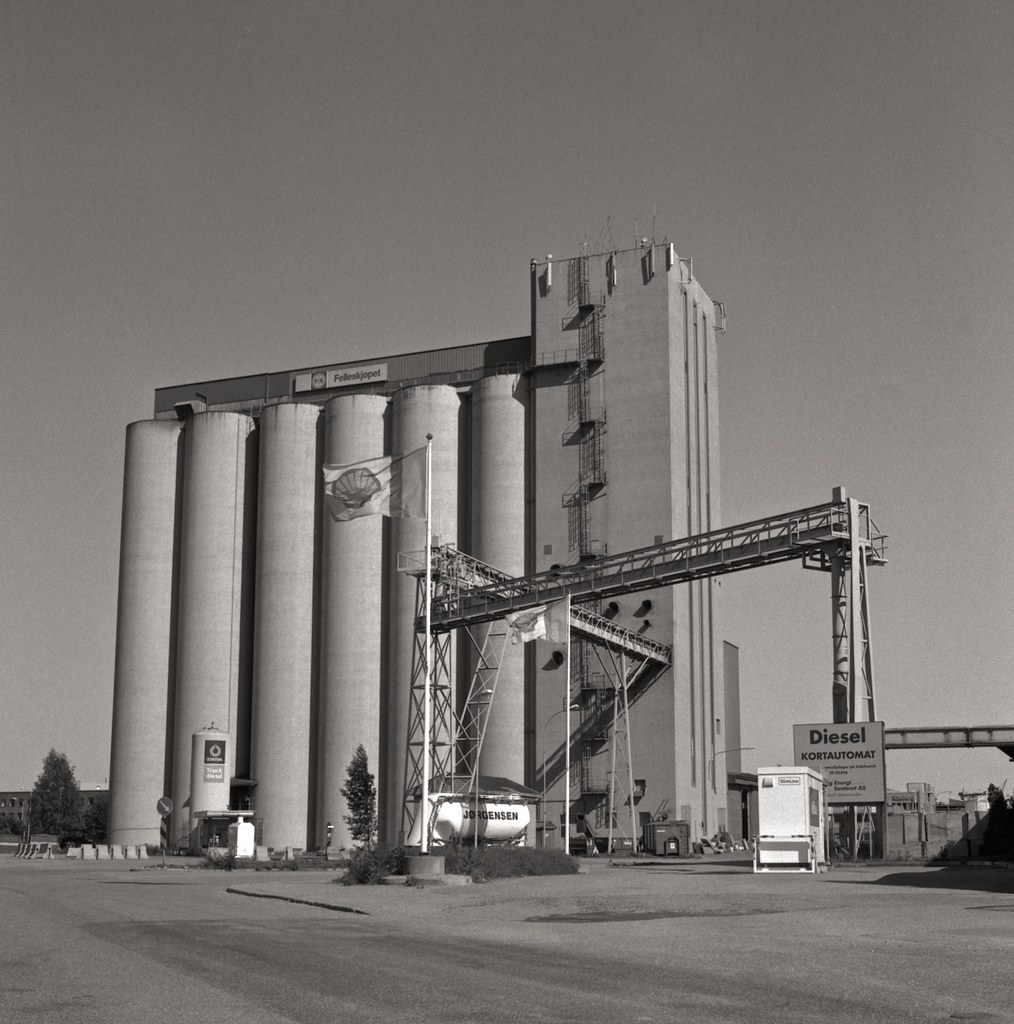 |
| Kalloflex K2, Rollei Retro 400, EI 400, Caffenol-C-L, semi-stand, Drammen, Norway |
